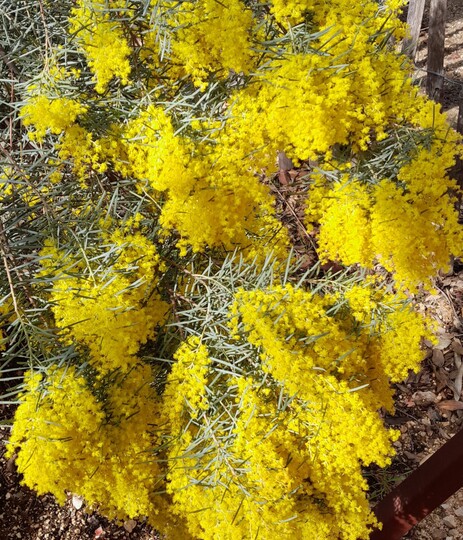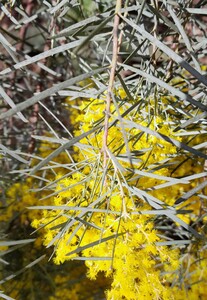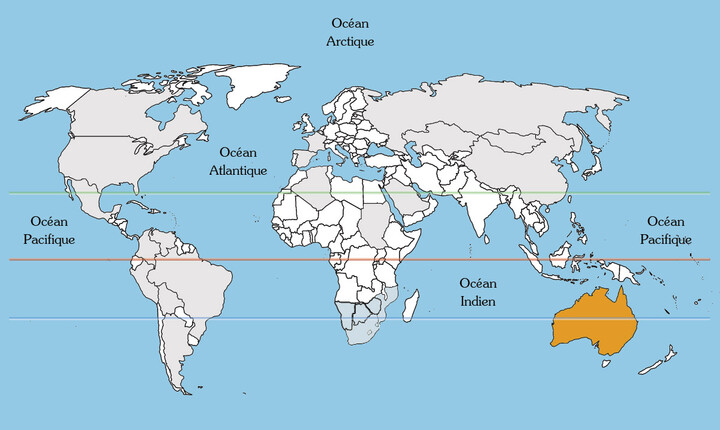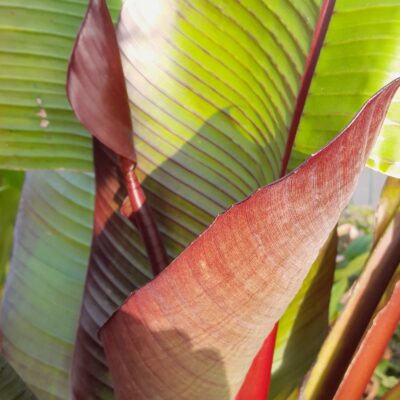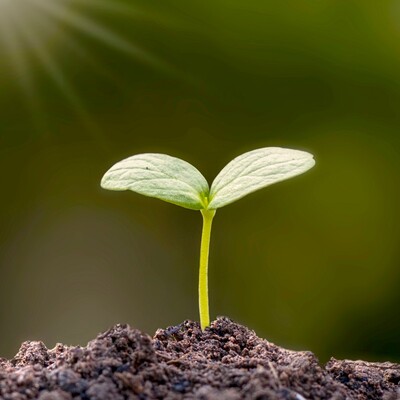Acacia Boormanii
Presentation
A ray of sunshine in winter
Acacia boormanii, also poetically referred to as Snowy River Wattle, is a fascinating plant variety that never fails to enchant nature lovers. Native to Australia, this exotic tree has found a welcoming home in Mediterranean regions such as the South of France and, of course, our four-star campsite Les Jardins de La Pascalinette ®, situated just next to the Mediterranean Sea in the Var area, French Riviera-Côte d’Azur. With its bright flowers and delicate foliage, Acacia boormanii brings a touch of splendour to the local flora.
Acacia boormanii is a small, evergreen tree that can reach heights of up to 3 metres in our latitudes. Its smooth, grey bark contrasts beautifully with its long, narrow, dark green leaves, which lend the tree an elegant appearance all year round. Snowy River Wattle is adorned with beautiful clusters of yellow flowers between February and March, warming the hearts of those lucky enough to see it in bloom. Unfortunately, unlike its peers, the flowers of this acacia variety are not perfumed.
Mimosa or Acacia?
Mimosa should not be confused with the tree we commonly refer to as the acacia, which is part of the Robinia botanical genus. However, both species belong to the Fabaceae family, just like alfalfa and lupins.
You’ll find a plethora of different mimosa varieties lining the Estérel hills and gorgeous Coins de Paradis ® (Corners of Paradise) we have compiled for you. In fact, these species are so at home here that they have become invasive and are now a threat to other local vegetation!
Identity
| Latin name : | Acacia Boormanii |
|---|---|
| Family : | Mimosaceae |
| Genus : | Acacia |
| Species : | Boormanii |
| Color : | Silvery grey, bluish green foliage / Lemon yellow flowers |
| Origin : | Australia |
| Foliage : | Evergreen |
| Port : | Irregular bush |
| Height : | 3 m |
| Flowering : | February-March |
Did you know?
It is sometimes referred to as Snowy River Wattle in reference to its proximity to the river winding its way through southeastern Australia, where it is commonly found.

